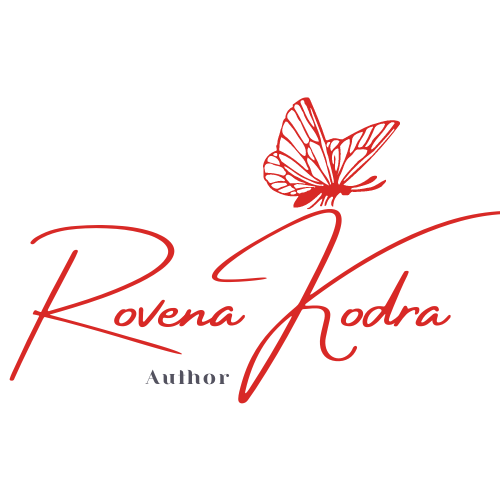The Child Was Whole—Until the Adult Needed a Story
The Echo of a Joyful Past, Silenced by a Noisy Present.
Let’s get one thing straight:
Trauma is real. But not everything you don’t like about your past is trauma.
There was a time—not too long ago—when getting yelled at by your parents or reprimanded by a teacher wasn’t seen as damaging. It wasn’t abuse. It wasn’t emotional neglect.
It was life.
You knew that if your dad raised his voice, it was because something serious had happened. You knew when your mom was upset, it meant she cared deeply and wanted you to get the message.
You didn't fall apart.
You didn’t lose your sense of safety or love.
You didn’t think your parents hated you.
You thought: “This is serious. I better listen.”
And you kept playing. You kept laughing. You felt loved. You felt safe.You were happy.
Ask anyone raised in those times. Most will tell you: “We had a beautiful childhood.” Not because it was perfect—but because it was normal.
Normal for that time.
Back then, if you spent most of the day alone with your sibling while your parents worked, you didn’t call it neglect.
You called it: “waiting for mom and dad to come home.”
You knew they were working. You knew dinner would be shared. That was family time.
Nothing was missing—because nothing felt off.
There was no trauma. Until 30 years later, someone told you that what you experienced was “emotionally unavailable parenting.” Suddenly, what once felt normal becomes a problem.
A childhood once remembered as safe and joyful is recast as damaged and broken.
Why?
Because the standards changed. The lens changed.
And now, you’re being told to “go back and heal your inner child” for things your inner child didn’t even flinch at.
BUT WAIT—WHAT ABOUT TODAY?
Today, we’re parenting “by the book.”
We don’t yell. We don’t punish. We validate feelings. We sit down, eye-level, and talk.
We follow the checklists:
Emotionally supportive ✔️
Present ✔️
Safe environment ✔️
Connection ✔️
And our children are thriving. They feel loved. They’re confident. They laugh, explore, cry freely, and know they’re safe.
They will grow up and say:
“I had a beautiful childhood.”
Because that’s what they lived.
FAST-FORWARD 40 YEARS.
Now your child is an adult.
Something doesn’t work in their life—a relationship issue, a disappointment, an anxiety they can’t explain.
And what happens?
They look back.
But not with the eyes of the child who lived their best life. They look back with the beliefs of the new world they live in now.
A world that may say:
“Your mom was too overprotective.”
“Your dad was too calm and avoided conflict.”
“Your emotions were always validated, but maybe you never learned to tolerate discomfort.”
“Maybe that’s why you’re struggling now.”
Suddenly, their safe, joyful, deeply loved childhood?
Becomes a case study.
- Becomes a list of what their parents should have done differently.
- Becomes a source of unmet needs they didn’t know they were supposed to have.
Not because anything was wrong at the time—but because the lens changed.
And now, their story doesn’t match today’s expectations of what a “perfect upbringing” should have looked like.
So what once felt like love is now labeled.
What once felt whole is now dissected.
What once felt enough is now questioned.
Now might be reinterpreted as emotionally stifling, too soft, too intense, too cautious...
Trauma, again—not because it was, but because it no longer fits the standard.
SO HERE’S THE TRUTH NO ONE WANTS TO SAY OUT LOUD:
🚫 The past isn’t the problem.
🚫 The way we remember it isn’t even the problem.
✅ The problem is that we keep changing the standard—and then using it as a ruler to measure our childhood against.
And calling everything that doesn’t line up: “trauma.”
Your childhood wasn’t traumatic.
Your kid’s childhood might not be traumatic either.
Until someone convinces them to see it that way.
YOU DON’T NEED TO GO BACK.
You don’t need to dig through your past to find a wound that wasn’t there.
You don’t need to relive memories in search of proof that something was broken.
You need to ask:
👉 Am I seeing the past through the child who lived it?
👉 Or through the adult who was told that pain must mean damage?
Because the truth is: you won’t see the past the way the child did.
You can’t unsee the narratives you’ve absorbed now.
The child in you may have felt fine, safe, or even happy—but the adult mind, shaped by today’s standards and theories, rewrites that story.
So instead of getting lost in trying to fix what might have happened back then, face what’s not working now.
Ask the real questions:
👉 What choices can I make today to shift what no longer serves me?
👉 What do I want to feel—and what do I need to do differently to get there?
Healing doesn’t live in the past. It lives in the choices you make now.
LET’S BE REAL
We live in a world that sells solutions—so it must create problems.
It’s a commercial system. A healing industry.
A world where feeling okay is never enough.
You will always be told that there’s something to fix.
That you’re one breakthrough away from being “finally healed.”
That your past holds answers you didn’t know you needed—and pain you didn’t know you had.
Why?
Because healing is a market.
And peace doesn’t sell.
So we keep digging.
Not because we’re broken.
But because the world keeps convincing us we are.
But you can choose to step out of that cycle.
Not by fixing the past.
By reclaiming the present.


